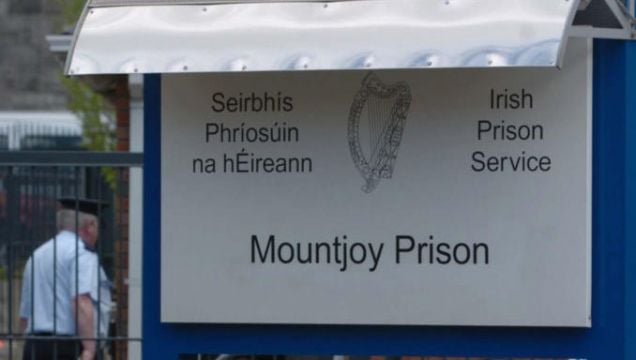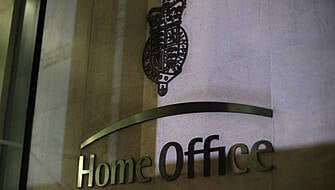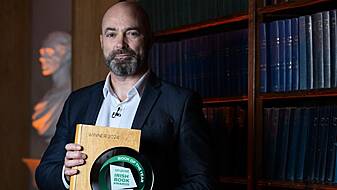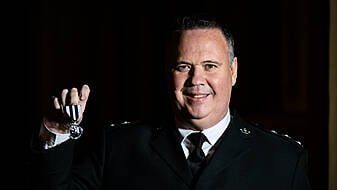Prison officers in Mountjoy witnessed a murder accused "stamping" and delivering kicks to the head of a fellow inmate who died three days later in hospital, a prosecution barrister has told a trial.
Michael Delaney SC, for the Director of Public Prosecutions, told the jury they will hear evidence that during interviews with gardaí, the accused man, David Dunne, said the deceased man had attacked him and he had acted in self-defence.
Mr Dunne (40), with a last address in Summerhill, Dublin 1, has pleaded not guilty to the murder of Robert O’Connor on July 29th, 2022, at Mountjoy Prison, North Circular Road, Dublin 7.
Opening the prosecution’s case on Tuesday afternoon, Mr Delaney said this is a somewhat unusual case which concerns the violent death of a man in the custody of the State at the hands of another prisoner.
The lawyer said the deceased man, Robert O’Connor, was 32 years old when he died.
He said Mr O’Connor received a prison sentence on July 27th, 2022, and was returned from court to Mountjoy prison that evening. He said at approximately 7pm, Mr O’Connor was assaulted in his cell by a number of prisoners, and this appeared to involve some kicking while he was on the floor of his cell.
Following the assault, Mr O’Connor was placed in protection for a period and was moved to C landing.
Mr Delaney told the jury they will hear evidence that it was on that landing that the fatal assault occurred at approximately 5.30pm on July 29th.
On the evening in question, prison officers on the C2 landing opened the cells for the purpose of allowing prisoners to go out to the exercise yard, the lawyer said.
Sometime later, prison officer Conor Kenny heard officer Jonathan Deegan shouting for assistance. Officer Kenny could see Officer Deegan looking into a cell and Officer Kenny could see the accused man, David Dunne, “stamping on the head” of Robert O’Connor who was on the floor, the lawyer said.
Mr Delaney said the jury will hear evidence that Officer Deegan also witnessed part of the assault and in particular saw Mr Dunne kicking Robert O’Connor in the head.
Officer Kenny observed Robert O’Connor in a “lifeless state” on the ground with blood on his face. David Dunne was restrained and removed from the scene.
As he was being brought downstairs, Mr Dunne repeatedly protested, asking: “Why are you bringing me here? I didn’t do anything.”
An ambulance was called, and paramedics provided some treatment, but Mr O’Connor’s Glasgow Coma Scale was as low as three and he wasn’t responding to any form of stimuli.
He was brought to the Mater Hospital where he was intubated, and attempts were made to resuscitate him. A CT scan demonstrated a very severe brain injury with bleeding and swelling to the brain.
Mr Delaney said there “wasn’t any great expectations of survival” and on August 1 a second brain stem test was carried out and Mr O’Connor was declared dead.
A postmortem was carried out on August 3rd by State pathologist Dr Linda Mulligan which disclosed the presence of multiple blunt force trauma injuries to his head, trunk, arms and legs.
His cause of death was blunt force trauma to the head.
Mr Delaney said CCTV evidence will show Mr Dunne’s movements in the minutes prior to the assault.
Mr Dunne was arrested on November 16th, 2022 on suspicion of murder.
Mr Delaney said the jury will hear that during the course of being interviewed, Mr Dunne told gardaí he had invited Robert O’Connor into his cell because he wanted to speak to him about the assault that had occurred two days earlier.
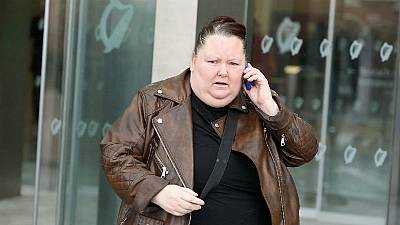
The barrister told the jury they will hear that Mr Dunne told gardaí that Mr O’Connor attacked him, and he had acted in self-defence.
Mr Delaney told the jury that what they must establish is what the accused man did.
He told them that if, having heard the evidence, they are satisfied that David Dunne assaulted Robert O’Connor by stamping on his head or kicking him in the head, they must then decide whether he intended to kill or cause serious injury to the deceased.
The 12 jurors are the sole judges of fact, he said, and they will decide on the ultimate issue in this case, which is whether or not the prosecution has proved beyond reasonable doubt that the accused man is guilty of murder.
